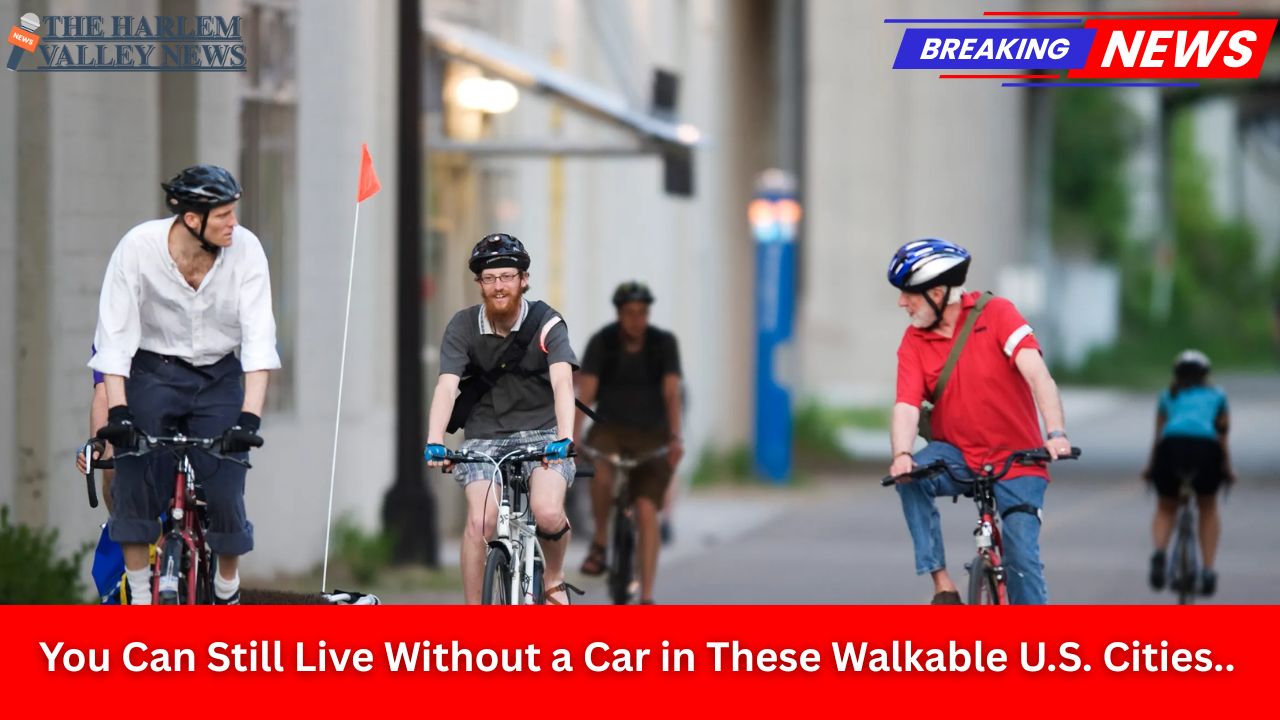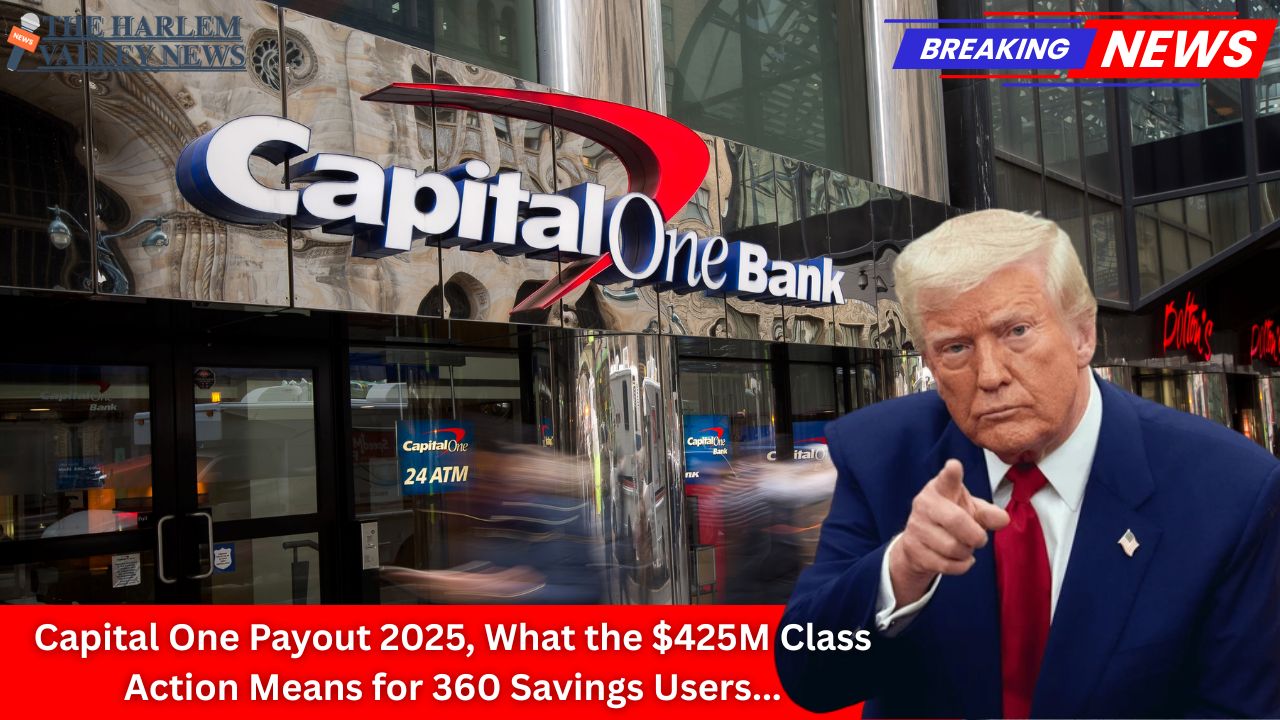New York, US: In an era when car ownership can feel like a necessity, a growing number of Americans are discovering that life without a vehicle is not only possible but enjoyable in certain walkable cities across the United States. These urban areas offer a rare blend of convenience, accessibility, and vibrant community life, making them ideal for those who prioritize walkability and alternative modes of transportation. If you’re wondering where you can still ditch the car keys and embrace a more pedestrian-friendly lifestyle, here’s a closer look at some of the top U.S. cities where getting around on foot or by public transit remains a practical and rewarding choice.
Walkability and Urban Living
Walkability has become a key criterion for many when choosing where to live. It’s about having essential amenities, work, schools, parks, shops, and cultural venues within a comfortable walking distance. Cities that score high on walkability also tend to have robust public transit systems, bike lanes, and pedestrian-friendly infrastructure. This not only reduces dependence on cars but also supports a healthier, more sustainable urban environment.
New York, NY: The Epitome of Walkable Urban Life
Few cities in the U.S. can rival New York’s unparalleled walkability. The Big Apple’s dense neighborhoods, wide array of public transit options, and a vibrant street life mean you can effortlessly navigate the city without a car. Residents of Manhattan, Brooklyn, Queens, and beyond benefit from extensive subway lines, bus routes, and ferries. New York’s compact layout ensures that dining, entertainment, workplaces, and grocery stores are often just a short walk away, making car ownership more of a luxury than a necessity.
Portland, OR: Embracing Green Mobility
Portland stands out with its strong commitment to sustainable transportation and urban planning. Its walkable neighborhoods are complemented by an extensive network of bike lanes and a well-connected public transit system, including buses and light rail. The city’s layout encourages walking to local cafes, shops, and parks. Portland’s focus on green spaces and community-centric development enhances the pedestrian experience, making it easy to leave the car at home.
Boston, MA: History Meets Modern Walkability
Boston’s distinctive blend of historical charm and modern urban design offers an ideal setting for walkability. The city’s compact neighborhoods, including Back Bay and Beacon Hill, have shops, restaurants, and cultural sites all within walking distance. Boston’s subway system, known as the “T,” along with buses and commuter rails, support residents who opt out of car ownership. The city’s walkable streets are lined with parks and public squares, offering a quality urban lifestyle without a car.
San Francisco, CA: Hilly but Highly Walkable
San Francisco may be famous for its hills, but it remains one of the country’s most walkable big cities. The city’s neighborhoods like the Mission District, North Beach, and Chinatown boast dense clusters of shops, eateries, and entertainment venues accessible on foot. San Francisco’s public transportation network, including buses, light rail, and the iconic cable cars, makes it easier than ever to get around without driving. The city also promotes biking and walking through dedicated infrastructure.
Washington, DC: The Nation’s Walkable Capital
Washington, DC, offers residents a highly walkable urban core where government offices, museums, cafes, and neighborhoods are easily accessible by foot. The city’s Metro system is one of the most reliable public transit options in the country, complemented by extensive bus services and bike-sharing programs. With its pedestrian-friendly streets, green spaces like the National Mall, and a compact downtown, DC remains a practical choice for living car-free.
Key Factors Making These Cities Walkable
-
Compact Urban Layout: Dense development means amenities and services are close together.
-
Public Transit Accessibility: Efficient and frequent transit options reduce the need for personal vehicles.
-
Pedestrian Infrastructure: Well-maintained sidewalks, crosswalks, and pedestrian zones ensure safety and comfort.
-
Bike-Friendly Policies: Dedicated lanes and bike-sharing programs encourage alternative transportation.
-
Access to Amenities: Proximity to grocery stores, schools, healthcare, and entertainment supports everyday needs without driving.
Why Choose a Car-Free Lifestyle?
Living without a car in these walkable cities offers numerous advantages. It reduces personal transportation costs, including fuel, maintenance, insurance, and parking fees. Walking and biking promote better health through increased physical activity. Environmentally, reducing car use lowers carbon emissions and pollution, contributing to cleaner urban air. Socially, walkable neighborhoods foster a stronger sense of community as people interact more in public spaces.
Challenges and Considerations
While walkability is a significant benefit, it’s important to acknowledge potential challenges. Weather conditions can impact your willingness to walk or bike, and public transit hours may not always match every schedule. Additionally, walkability can vary greatly between neighborhoods within the same city, so careful research and site visits are recommended for prospective residents.
The Future of Walkable Cities
Urban planners and local governments across the United States are increasingly prioritizing walkability as a key component of sustainable city development. Investments in transit infrastructure, pedestrian zones, and green spaces aim to expand the range of cities where living car-free is feasible. As a result, more people might be able to embrace convenient, healthy, and environmentally friendly urban lifestyles in the years to come.
In conclusion, while car ownership remains common, these walkable U.S. cities demonstrate that it’s very much possible—and rewarding—to live without a car. From New York’s bustling streets to Portland’s green neighborhoods, these urban areas offer the infrastructure, culture, and amenities that make walking and public transit practical daily choices. Whether you prioritize health, sustainability, or simply convenience, living car-free in these cities is an option worth exploring.














Leave a Reply